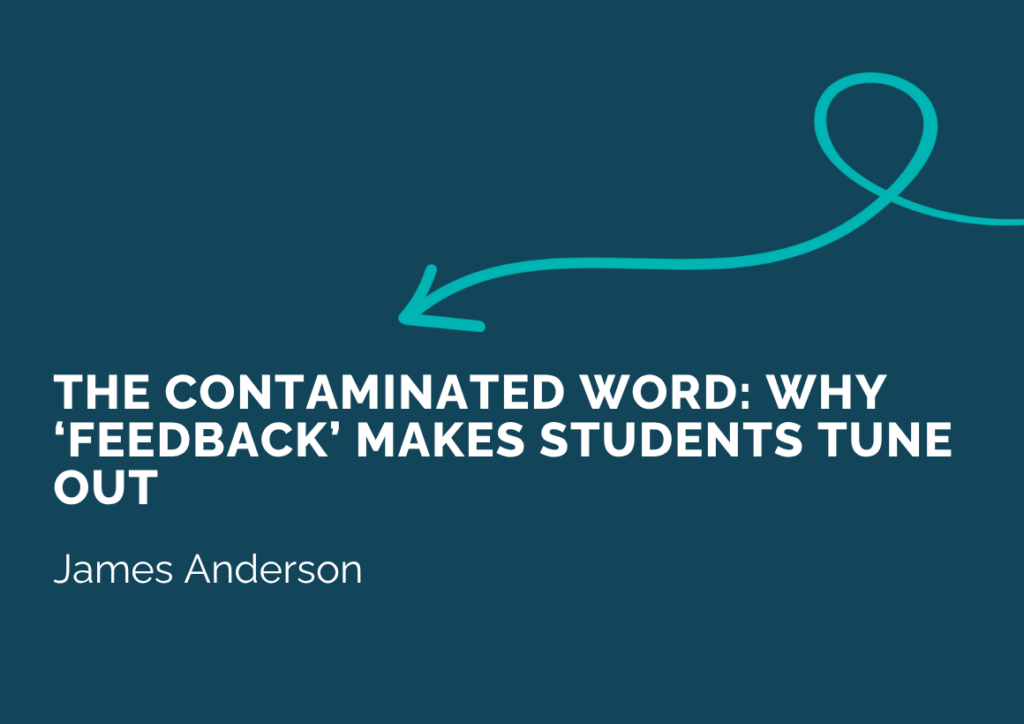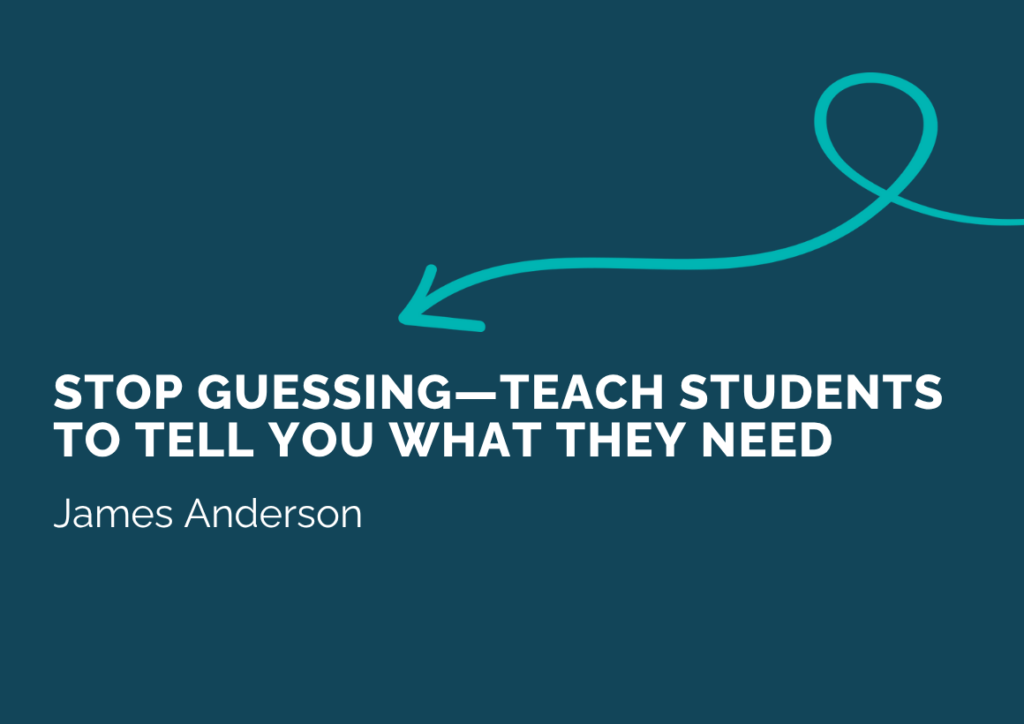“Am I finished?” “Is this good enough?” “What else do I need to do?”
These questions drive teachers crazy because they reveal a fundamental problem: students have been trained to have feedback done to them, not with them. They’ve never been taught how to take charge of the feedback process, so they wait for you to tell them if they’re done.
The Dependency We’ve Created
We’ve trained students to be passive recipients of our judgment. They submit work and wait for verdicts. They ask permission to be finished. They have no ownership of the improvement process.
[Pull quote: “When students ask ‘Am I finished?’ they’re really saying ‘I don’t know what good looks like.’”]
When students ask “Am I finished?” they’re really saying “I don’t know what good looks like.”
But here’s what’s interesting: when students say they want feedback, research shows they actually mean something specific—concrete, actionable next steps. They want advice for improvement. The tragedy is they don’t know how to ask for it. “Is this good?” is their default—it’s automatic, the only question they know. They literally don’t have alternatives.
Teaching Students to Own Their Learning
What if students could tell you exactly what help they needed? What if they gradually learned to take responsibility for identifying their struggles?
This is a process—it doesn’t happen overnight. But we can guide students to slowly take charge of their feedback. One powerful strategy (one of many we explore systematically) is showing them what good advice requests look like.
Here’s a simple tool that starts the transformation: the T-chart:


